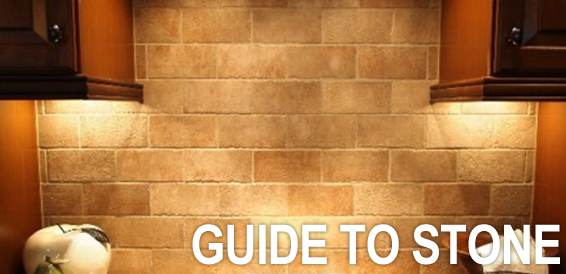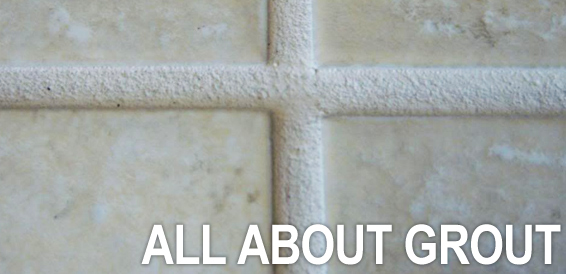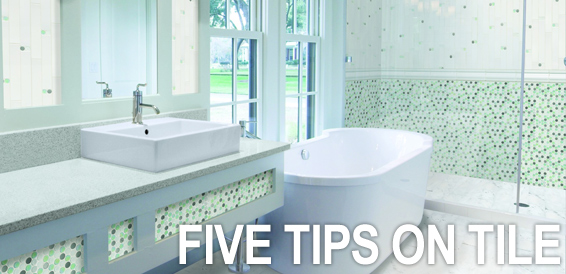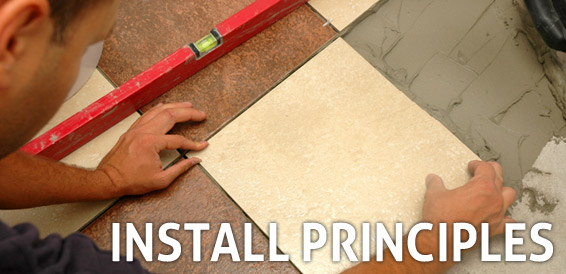Pocket Guide to Stone
Limestone
Created from corals and shells that have settled on ocean floors and consolidated to form into calcite. Typically, there are visual fragments of corals, shells and other fossils in limestone. The density and hardness of limestone varies widely. The most durable limestone can withstand heavy airport terminal traffic (John Wayne Airport) while others aren’t adequate even for residential floors. Limestone is primarily available in subdued, earthy colors with a honed finish. It is not acid resistant.
Travertine
Limestone deposits (calcite) that have been dissolved by groundwater. The characteristic holes in travertine are the result of the hot water and gases escaping during the formation process. Ideal for floors, walls, and splashes. The value of this stone is determined by: 1) the size and number of fill holes (density), 2) rare qualities or limited availability, 3) color consistency from tile to tile, 4) factory honing, polishing and/or filling processes. Colors are abundant in creams, chocolate brown, golden and red tones. It is not acid resistant.
Onyx
The same geological makeup as travertine, however, onyx is formed in cool, cavernous conditions, similar to stalactites. Onyx is dense and will take a high polish. This multi-colored, translucent stone is most commonly available with a glossy finish. It is suitable for walls and extremely light duty (bathroom?) floors. It is not an acid resistant stone.
Marble
A travertine or limestone that has had heat, pressure and fluid activity applied and change in structure. This metamorphic transformation results in a denser stone with a myriad of colors that can be finished with a high gloss, hone or brushed. A polished finish is ideal for vertical installations or for horizontal installations where abrasion, stain and acid resistance are not a concern.
Granite
Stone that was formed by the cooling and crystallization of magma (molten rock). This extremely dense stone has a rather limited selection of colors. Granite can be finished a number of ways including flamed, hammered, a high polish. Among the most acid, stain, and wear resistant of all natural stones. Many granites are ideal for high traffic (commercial) floors and countertop installations.
Slate, Sandstone & Quartzite
As granite is broken down over time it forms smaller and smaller particles. These particles can be deposited into lakes, lagoons and oceans. Where these minerals have been deposited (along with heat, pressure and time) will determine the final stone. Finer particles can form shale. Shale, under heat and pressure, can form into slate. Beach sand can be consolidated to form into sandstone. Sandstone, under heat and pressure, can form into quartzite. With a natural cleft surface texture along with excellent acid, wear and stain resistance, many of these stones can be used indoors or outdoors in a variety of horizontal and vertical applications.





